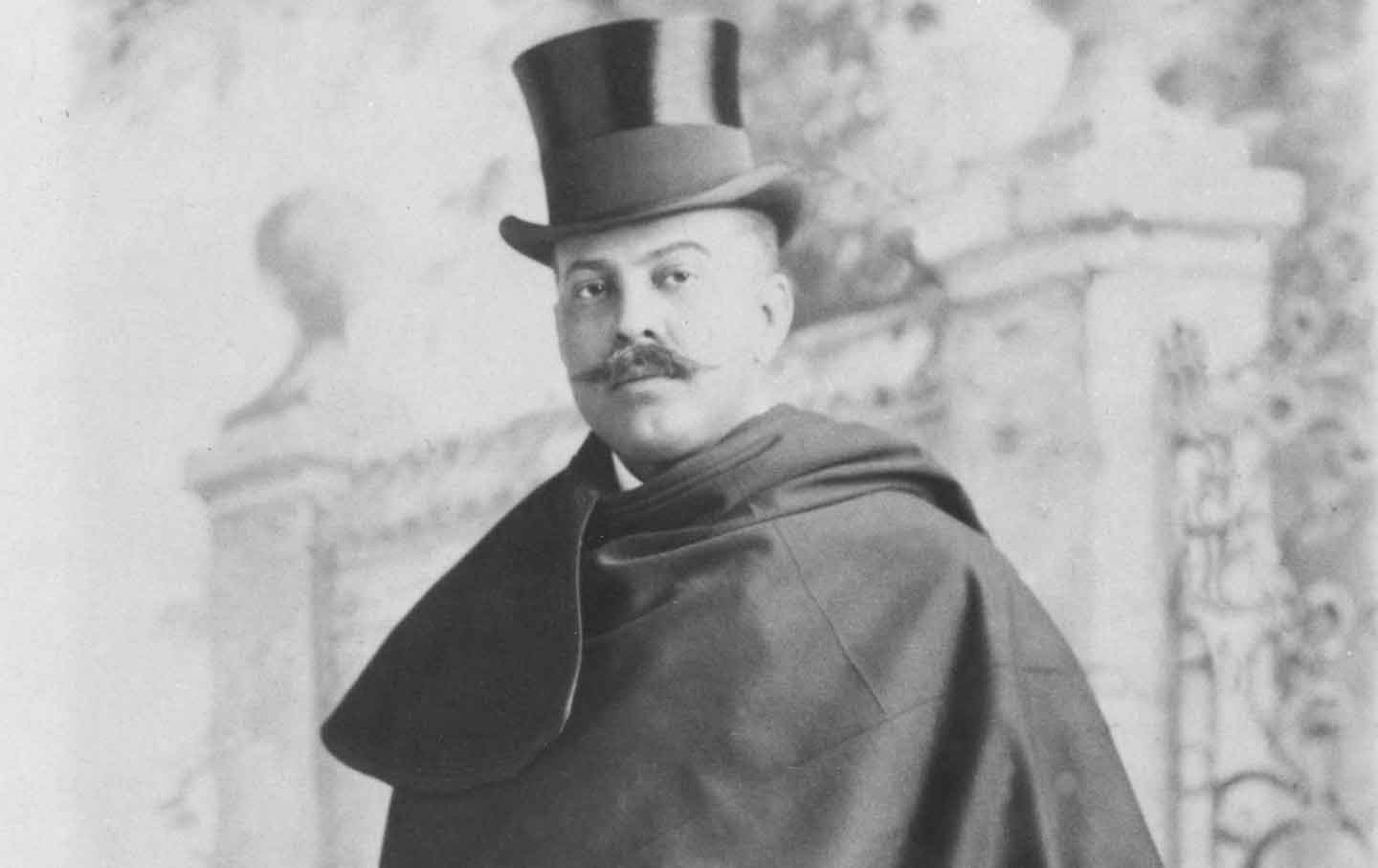‘Thomas Jefferson Dreams of Sally Hemings’ reimagines difficult historyPosted in Articles, Book/Video Reviews, History, Media Archive, Slavery, United States on 2016-07-24 00:23Z by Steven |
‘Thomas Jefferson Dreams of Sally Hemings’ reimagines difficult history
The Chicago Tribune
2016-07-23
“Until the lions have their own historians,” says an African proverb, “the history of the hunt will always glorify the hunter.” The proverb offers one answer to a question that has long plagued writers, activists and historians. Who gets to tell the stories of those who have been denied the right to tell their own?
Given that heterosexual white men still get the, um, lion’s share of book contracts, should straight people write books about the gay rights movement? Should men write about the struggle for women’s equality? And — as with Harriet Beecher Stowe’s “Uncle Tom’s Cabin,” Mark Twain’s “Adventures of Huckleberry Finn,” William Styron’s Pulitzer-winning “Confessions of Nat Turner” and now Stephen O’Connor’s “Thomas Jefferson Dreams of Sally Hemings” —should a white person write a book whose central dilemma is slavery?
“Anyone has the right to write about any subject available to be written about,” historian Henry Louis Gates Jr. has said. But the white person who writes a 624-page novel about the 37-year love affair between a white slave owner — who happens to be the third president of the United States and author of the phrase “All men are created equal” — and a mixed-race slave — whom he happens to own and who happens to give birth to six of his children — had better have the politics, the courage and, most importantly, the storytelling skills to get it right.
Fortunately, O’Connor manifests an abundance of these qualities in “Thomas Jefferson Dreams of Sally Hemings,” his debut novel. Ambitious doesn’t begin to describe the scope of the project O’Connor undertook. And successful doesn’t begin to describe the wildly imaginative techniques he used to realize his authorial goal, which is clearly to humanize — equalize, you might say — the two members of this passionate, conflicted couple: the lionized, hypocritical Jefferson, who railed against slavery while owning slaves, and the powerful yet complicit Hemings, who loved and loathed her owner…
Read the entire review here.




